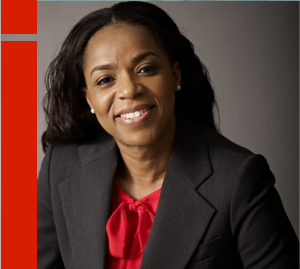By Uzo Oshogwe
What is Change?
Change is simply ‘a new direction’. When something differs from the past or the norm. A change could be developmental, transitional or transformational. The common factor at the end of the day is an alteration.
Why do people or even Organizations tend to resist change?
Change may be resisted for several reasons. One of which is the desire to preserve the old ways of doing things and old institutions. Other reasons are; fear of the unknown, loss of control, inadequate communication/information, more responsibilities, fear of incompetence and so much more.
Could the realization of an Organization’s potentials depend on change?
The realization of an Organization’s vision is dependent on change. The environment won’t stay the same, so organizations must embrace change. As the world evolves, customers’ needs also change.
Where there is resistance to change, there is resistance to ideas. Businesses must be willing to change in order to remain productive and stay relevant. Challenging the status quo could give birth to new ideas and innovations that will further launch the organization’s potentials.
In order to identify opportunities in the market place and equally increase competitiveness, change should be seen as a catalyst and not a hindrance. Companies that don’t innovate die.
How can we lead change?
Change is inevitable so it is a collective effort. In an organization, everyone can be a change agent but it is the responsibility of the management to develop a change management plan in order to involve all stakeholders in the process.
Below are a few steps that should be considered:
- Know the goal
What is the objective of this change? This should be understood from the beginning.
A change leader must have the confidence and ability to change tactic, if another path looks clearer.
2. Plan
To successfully implement change, a plan must be in place. Before embarking on a journey of transformation, ensure there is a solid business plan.
3. Communicate
The level of communication determines the amount of information available to stakeholders for corporate change. Communication should be consistent, frequent, and through multiple channels.
4. Identify key players.
In the process of change, change advocates should be identified. This actually makes the process easier. They are likely to be instrumental when new processes are put into practice.
5. Delegate
Change can’t be implemented in isolation. Tasks should be delegated to individuals across the teams with deadlines for completion.



